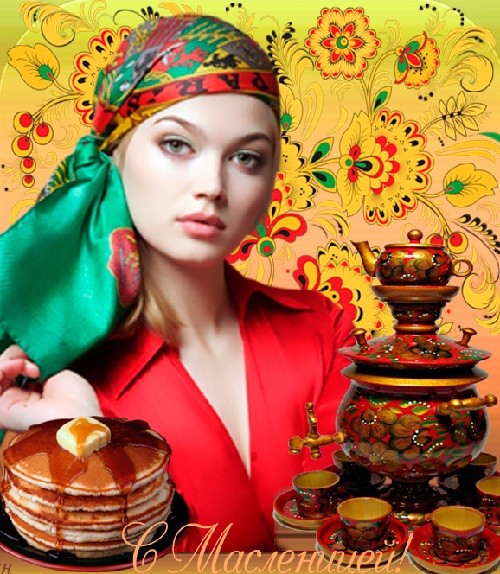
Troika rides, sledding, theater, puppets, singing, and fireworks are all a part of Russian Maslenitsa celebration. There is usually a “storming” of a snow fort. That these traditions are still alive today is a testament to Russians’ long memory and preservation of their heritage. Its roots go deep into the pagan culture. These seven days precede Lent. In ancient times, it was czar who decided the official beginning of Maslenitsa. He attended all prisons and alms-houses and made considerable donations. Afterwards, he attended a mass at the cathedral plaza right by the Moscow Kremlin. The next day, people would flood the streets and celebrate the feast, Pancake Feast. The holiday signifies a symbolic farewell to the long and boring winter. In fact, Maslenitsa is winter itself and people try to get rid of it. Easter in turn symbolizes the approach of the spring.

A sleigh-train which is often led by several decorated horses consisted of many sleighs. In Western Siberia, for instance, such “train” was also equipped with masts and sails. The leading sails had a log inside, which was attached to a wheel. “Maslenitsa” was sitting atop that wheel. This was an aged, slightly drunk man, fully covered with besom used in Russian baths, and armed with Russian famous musical instrument Balalaika.

In other villages, people would place scarecrows in sleighs. Obviously, this wasn’t as much fun as a live person.
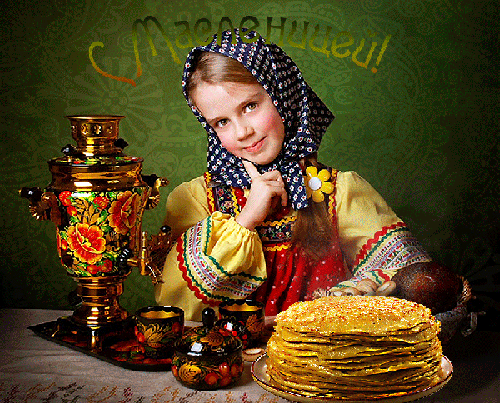
Monday. People start making “baked suns”, or blini (Russian pancakes). Most often, the all-knowing mother-in-law was leading the process of cooking. She would use only her own, personal “equipment”: a trivet, a frying pan and a special vat for the dough. Her daughter, in turn, had nothing else to do but to watch her mother’s craftsmanship.

On Tuesday, people usually visit their friends and host parties at their homes. Young men are scouting their future wives and ladies search for their future husbands.
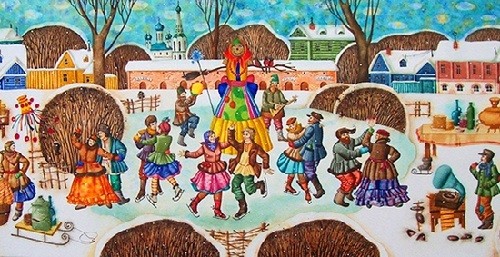
Wednesday is a real feast.
On Thursday everyone would go outside and participate in fistfights. In ancient times, even women participated in those fights. Interestingly, broken jaws, broken ribs, arms and fingers were all regarded as a goof omen.

Friday. This day is often called “an evening with a mother-in-law”. Respectful sons-in-law would visit their mothers-in-law on this day and enjoy a delicious meal in each other’s company.

Saturday is a women’s day! Girlfriends gather together to discuss their problems, while men are eating delicious bliny.

The next day, Sunday, is called “Farewell” or “Forgiving Sunday”. Once again, everyone gathers for an unforgettable sleigh ride. Afterwards, people prepare a scarecrow and burn it. It is immensely important to ask your relatives, friends, loved ones for forgiveness on this day.
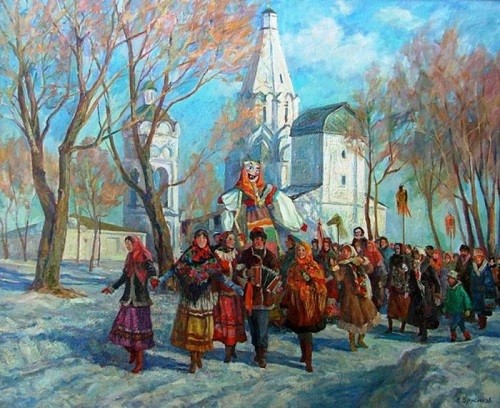
The next Monday is considered to be “Clean Monday”. It signifies the official beginning of Lent… Lent is often viewed as a way towards an everlasting Spring, towards Jesus’ resurrection…
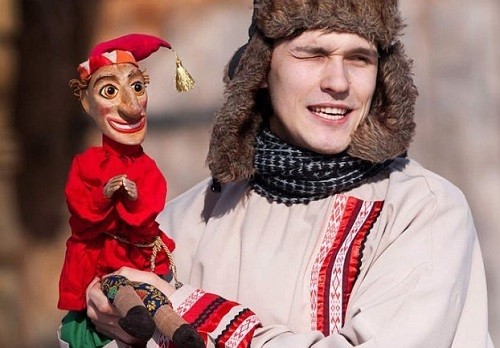
In the ancient times in Russia during Maslenitsa the Petrushka (Punch) comedies were quite popular. Sometimes it even so happened that several Petrushkas performed one and the same comedy several times on end on one and the same day.

Petrushka’s comedies’ success lied on the one hand in their relevance and on the other hand in their satiric character. They were quite charming and understandable because of their simplicity to most of the people of all ages and mentalities.

Usually such performances began with a loud laughter or a song from behind the curtain and after that Petrushka appeared. He was clad in a red shirt, velveteen trousers tucked into the dandy boots and wore a fancy cap on his head. The indispensable details of his appearance were one or two artificial humpbacks and a long crooked nose.
The center of the Maslenitsa Square were Balagans (show-booths).
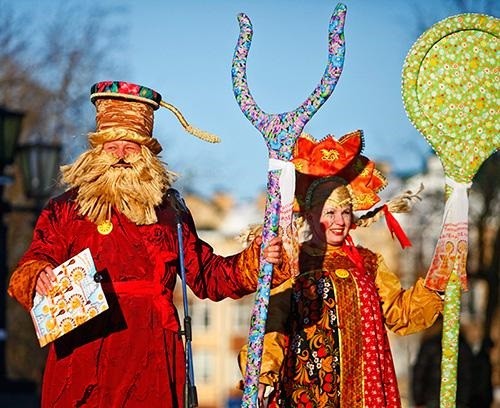
Maslenitsa balagans were the main attraction though not always affordable. Balagans were the face of the carnival. The number of balagans, the pomposity of the finery and the names of their promoters – all were the signs of the degree and importance of the event. Initially the word “balagan” meant “an upper extension of a building”. In the beginning of the XIX century the word meant “a convertible shopping construction”. The term acquired the nowadays meaning, which is a construction for traveling shows, or booths, only in the second half of the XIX century.
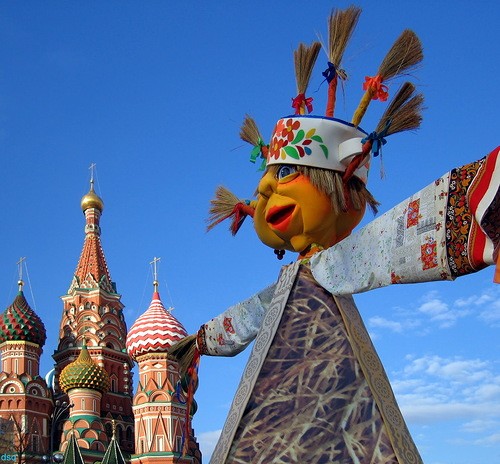
Professional actors, state functionaries, craftsmen, as well as circus actors performed on these light theatrical constructions.

During the reign of Empress Elisabeth the Maslenitsa festivities were arranged in her favourite Pokrovskoye village and included tobogganing not only for common people but for the Empress as well. This tradition is still extant in Russia. But it is unlikely that anybody remembers that sledging is not just an entertainment, but also an ancient ceremony. In the old times people thought that the more you slid the higher would be your flax. The sleighing hills were built of snow and were decorated with two fancy turrets having fancy flags on their tops. Along the way down the hill stood two rows of fir trees substituting the barriers with statues of ice and snow between them.

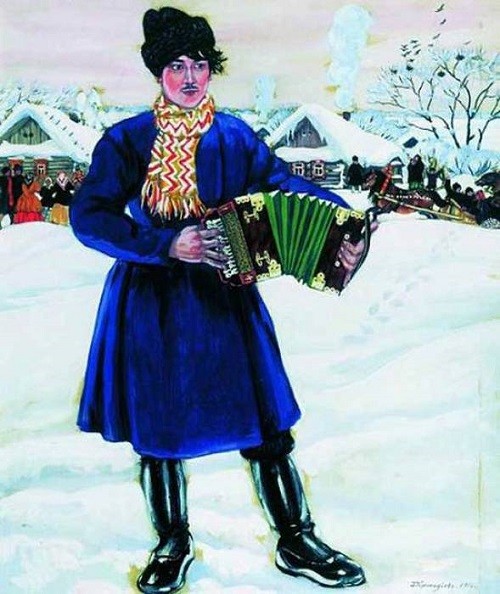
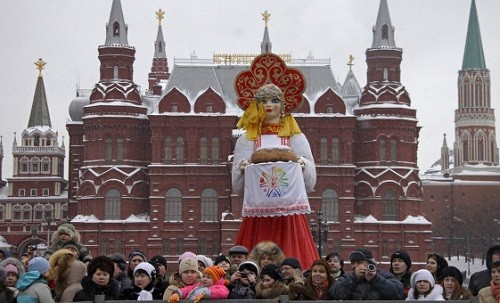
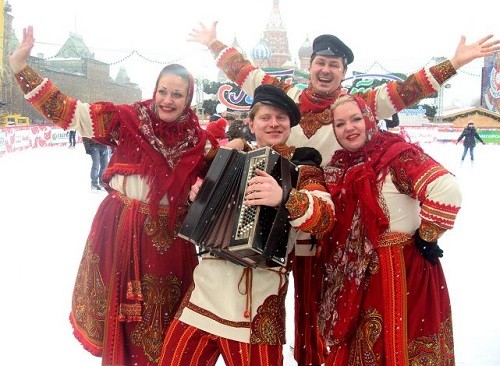


The Russian Orthodox calendar includes four Lent-like fasts. The one coming before Easter is called the “Great Fast.” Russian Orthodoxy respects the need to enjoy oneself before a month of self-denial. In Russian, this week-long festival is called Maslenitsa. The name of the festival has its roots in the Russian word for butter, “maslo”.